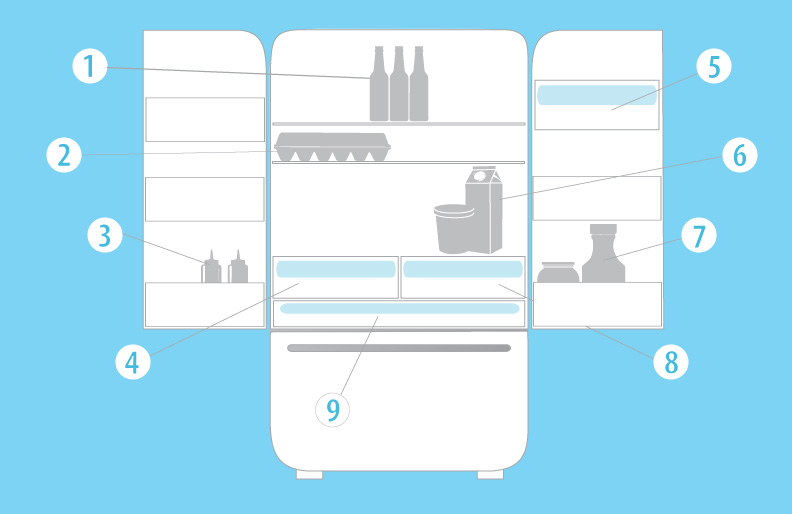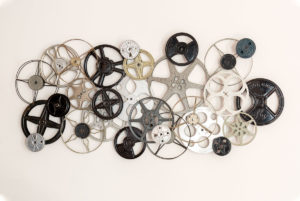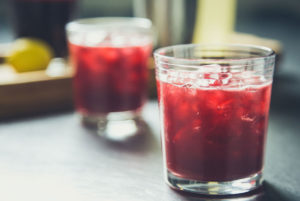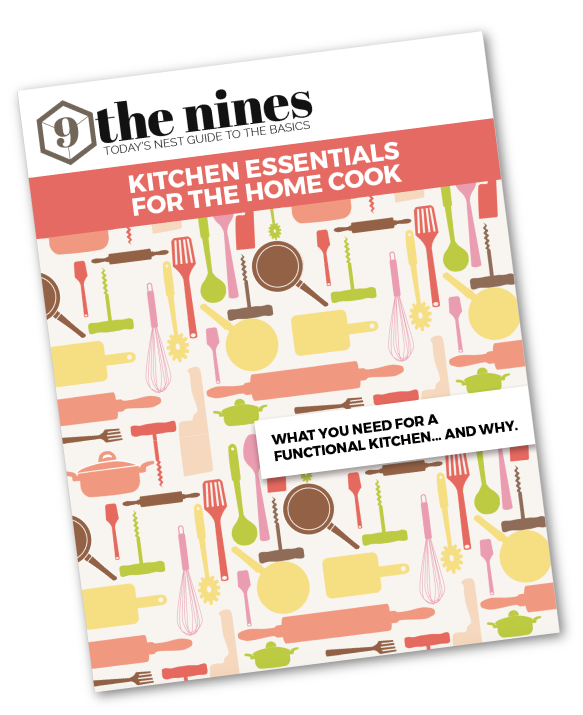Food costs make up a significant percentage of our weekly budgets. To get the most out of your fridge you just need a strategy. Keeping things fresh throughout the week and beyond is important to stretch your food dollars.
Although you may not have considered it, the refrigerator is not evenly cooled. Some spots are colder than others and manufacturers have worked that information into the design to take advantage of it. Below you will find a list of the best spots for your foods to maximize your grocery investment.
WHAT GOES WHERE
1 Top Shelf – place things here like drinks and natural nut butters that don’t require the coldest temperatures.
2 Center Shelf – eggs like consistent temperatures. Keep them in the center in their original containers.
3 Shallow Door Bins – condiments live happily in the door bins. Most condiments are made with natural preservatives like vinegar and salt. The lower and less consistent temperatures of the door are little threat to them.
4 Vegetable Drawer – most current refrigerators are equipped with two separate drawers for fruits and vegetables. The drawers are designed to allow different levels of humidity. Vegetables have better chances in high humidity. Keep them in their bags, but don’t restrict airflow. Do not keep fruits and vegetables in the same bin. Some fruits emit gases that can cause tender veggies (like lettuces) to wilt prematurely.

5 Dairy Bin – butter is quite happy to be on the door. The temperature is just right to keep it firm but not too hard. Likewise, store soft cheeses like brie or goat cheese here, too. Just be sure to put them in airtight containers.
6 Bottom Shelf – this is prime refrigerator real estate. This is typically the coldest (non-drawer) spot in the fridge. Things that should live here include milk, yogurt, fresh meat, and fish. Place dairy products as far back as possible to extend shelf life. To avoid contamination, place packaged fresh meats and fish in shallow plastic containers before placing them on the shelf.
7 Deep Door Bins – these spots are ideal for orange juice and large pickle jars. Other drinks, such as iced tea are also at home here.
8 Fruit Drawer – this humidity-controlled drawer is best for keeping fruit at low humidity. Store fruit here in their bags loosely to allow airflow. Citrus fruits do not need to be in bags.
9 Deli Drawer – this drawer, which is usually a bit colder than the rest of the fridge, is perfect for deli meats and hard cheeses.
THESE THINGS LOVE THE FRIDGE
- Bananas peels will turn black if kept in the refrigerator, but the fruit inside will last much longer. If the peel doesn’t matter, consider moving them into the fridge.
- Natural nut butters benefit from being in the fridge. Not only does it help with preservation, but if you give it a good stir before placing it in the fridge, the oils should not separate.
- Speaking of oils, cooking oils like canola and olive are fine in the pantry, but seed and nut oils should be kept in the refrigerator for longer life.
- Need to keep that bouquet fresh for a dinner party? Extend the life of your fresh cut flowers by placing them in the fridge overnight.
- Got a green thumb? Keep your garden seeds in the fridge in a moisture-free environment to prolong their usability.
THESE THINGS NOT SO MUCH
- Tomatoes do NOT like the refrigerator. Tomatoes are tender and prefer to be left on the counter outside of any packaging.
- Because of the condensation that exists in refrigerators and freezers, it is NOT a good home for coffee, whole or ground. Coffee should be kept in airtight containers in a dark, cool place such as a pantry.
- Garlic and onions fare better in the pantry, too. Be sure to place them in a cool, dark spot with plenty of air circulation… but keep them away from potatoes! They don’t play nicely together (until they are in the pan).
- The chemical make up of hot sauce is such that it needn’t be in the refrigerator… EVER. It can survive in your pantry for a couple of years before it needs to be replaced. Mine never lasts that long.
- Potatoes also perform better in the pantry. Place your potatoes in a paper sack for best results.
BONUS TIP: Want to keep your fridge performing at optimal levels? Here are a few things to consider:
- Keep it full. If your food needs don’t fill the refrigerator, fill it with jugs of water. The coolness of the objects plus less air space to cool will make your fridge work less.
- Keep the coils clean. With your spring and fall cleaning, pull the fridge out and give the back of it a good vacuuming.
- Keep the temperatures set properly. The fridge should be set between 37° and 40° F.








